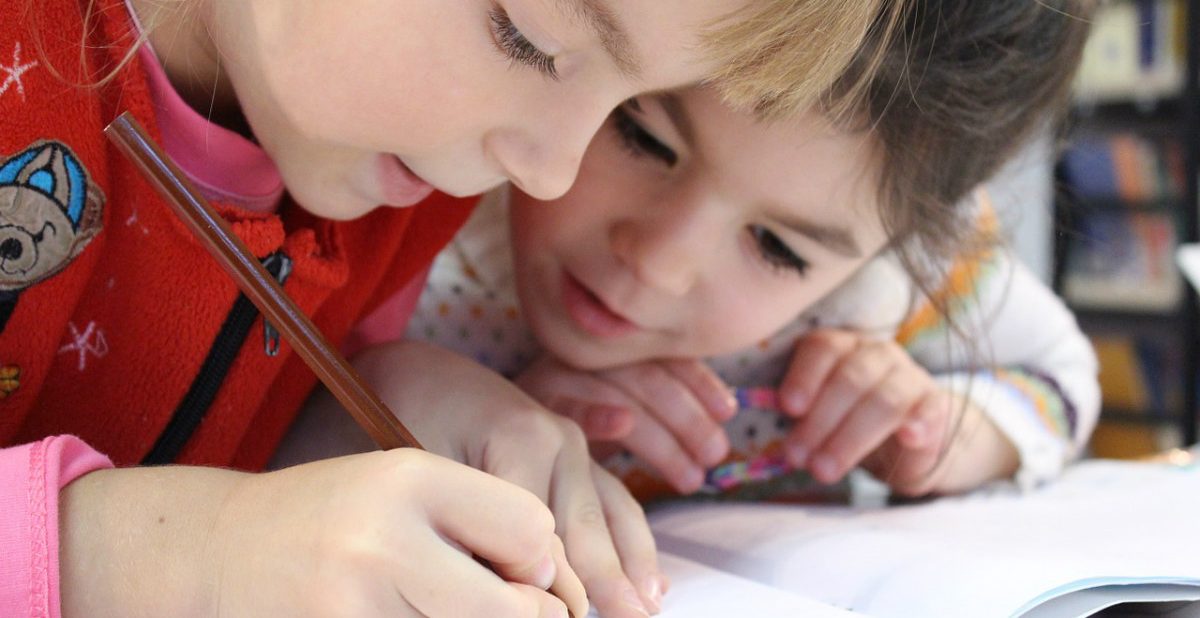
Supporting learners in the classroom and at home
By Rachel Carr
Whether you’re a parent, educator or therapist it’s likely you have the same goal – a learner who is happy and engaged in learning as much and as often as possible.
It’s a simple goal, and an achievable one, but sometimes there’s a whole lot of ‘other stuff’ that feels like it gets in the way.
One of the most common concerns shared by those we support at Illume Learning is the time being ‘taken away’ from teaching and learning as a result of behaviours of concern. Exactly what those behaviours are will be different for every learner but they may involve things like: wandering around the classroom, not following instructions, destructive or disruptive behaviours, hitting or pinching peers, calling out and interrupting.
The good news is that the use of these behaviours comes loaded with a whole lot of information about how we can support our learner to be happy and engaged – we just have to look for it.
THE SECRET LANGUAGE OF BEHAVIOUR
The big secret when it comes to the language of behaviour – it’s not actually a secret at all! All of the information you need to be able to translate is there, it’s just a matter of knowing what to look for (and then what to do about it).
CHANGING OUR AIM
Historically the focus of behaviour support has been ‘how do we stop you from doing the thing we don’t want you to do anymore’. This is problematic for a number of reasons, but primarily because it’s not addressing the underlying unmet need that leads the learner to use the behaviour in the first place. As a result, it’s likely that they’ll just replace the old behaviour with a new one that might be equally as challenging.
Our aim must always be to ensure that our learner is supported in the way that works best for them. With the right supports our learner will have an increased quality of life, be able to engage in their learning, and, almost as a natural by-product, reduce their need to use the behaviour of concern.
ALL BEHAVIOUR IS COMMUNICATION
We all use our behaviour to send messages to the people around us. Over time we learn which actions will get us the outcomes we want and they’ll become part of our ‘behaviour vocab’.
The first step in the translation process: understanding the function. Think of the function of behaviour as the purpose. Why is our learner using this behaviour under these specific circumstances? What is the aim or intent?
Almost always the function can be broadly classified as ‘to gain’ or ‘to avoid/ escape’.
To gain:
- Access to a tangible object or activity. This might be a favourite thing or something the student knows they can succeed at – e.g. Sam pushes Lily out of the way and takes over the puzzle she was playing with.
- Sensory input. Sensory seeking students may find opportunities to do or use things that sound, feel, look or taste good – e.g. Jessica hums loudly while completing her handwriting activity.
- Attention. Socially motivated behaviours can be both positive and negative, and when it comes to successfully gaining attention remember negative is better than nothing. This is an easy one to accidentally reinforce – e.g. Brad interrupts the teacher by singing and yelling. She stops and tells him to be quiet.
To avoid/escape:
- A task, activity, person or situation. This might be something or someone the student really dislikes, finds difficult, feels anxious about, or has had a bad experience with – e.g. Tom yells and swears at the teacher when she tells him it’s time to do his oral presentation. He gets sent to the Principal’s office.
- Sensory input. Sensory avoidant students may use their behaviour to escape sensations they find challenging or are hyper-responsive to – e.g. Sarah hits and pinches the students around her as her class arrives at assembly. She is withdrawn and spends assembly time in ‘time-out’.
IT’S TIME TO PLAY DETECTIVE!
So how exactly do you work out the function? Observe, observe, observe! We need to look at all sorts of things – not just what our student does that we’d prefer them not to. Look out for:
- where it happens
- the time of day
- who is around (other students, teachers etc.)
- how is the student travelling generally (tired, sick, sad, excited)
- what’s happening in the environment (sounds, smells, movement, lights)
- what was the student doing immediately before
- what is the current response/reaction to the behaviour
The list could go on forever but you get the picture – we need to look at everything! Always remember that behaviour doesn’t occur in a vacuum, so we need to consider everything happening in an environment so we can truly understand what is going on.
When you’re doing these observations it’s really up to you how ‘formal’ you get with the process. The most important thing is to keep it as simple as possible – the easier you make this the more likely you are to do it. If you’re able to keep these principles in mind while going about your day then that’s great. If you prefer to be able to document and record, that’s great too. You might like to keep some notes over a short period of time – try having a small notebook handy, or look at a simple tool called an ABC chart.
Whichever way you’re collecting information you just need enough to be able to do some analysis. Are there any patterns to the behaviour? E.g. Does it happen at a certain time, when a certain person is around, or when a particular activity is occurring. It’s in these patterns that we find our function.
And truly, that’s the trickiest bit over. Once we understand the function we can go about implementing strategies, teaching replacement skills and ensuring our student has their needs met. If we don’t understand the function first it’s really hard to know which strategies are suitable and, what we see happen all the time, educators and parents are putting in a heap of work not realising they’re accidentally reinforcing the behaviour.
SO NOW WHAT?
You’ve done the heavy lifting with your observation and analysis, now our focus turns to providing the right supports. The key here is to be proactive – by putting in place strategies that work to target identified unmet needs we can reduce the learner’s need to use the behaviour in the first place.
Some examples:
James has been using destructive behaviours (ripping paper, scribbling over pages) to avoid writing tasks. We determine he is avoiding these tasks because he has fine motor difficulties and, supported by an occupational therapist, implement the use of a pencil grip and slope board.
Jess has been ignoring instructions to pack up and getting very upset when her teacher says time is up on the iPad. We determine that she isn’t being given enough processing time and is becoming overwhelmed by the expectation to move quickly. We implement the use of a visual timer instead of a verbal 5-minute warning, alongside a first-then chart.
Joe finds it difficult to transition between environments within the school, particularly classroom to library. He often wanders away or initiates rough play with his peers. Joe is assigned the very important job of carrying the class books to and from the library.
The exact strategies will vary depending on the student, their age, the environment and the function of the behaviour. The key considerations are:
- simplicity – keep it as simple and easy to do as you can
- consistency – ensure that the strategy is implemented every time
- communication – ensure all stakeholders are aware of the approach (this
- can help with consistency too)
MOST IMPORTANTLY
Celebrate the wins, both big and small. Seeing changes in behaviour can sometimes take a long time and it can often be hard to sustain energy throughout the process. By having smaller short-term goals it can help us to recognise when we’re on the right track.
It’s our responsibility to support our learners to be happy and engaged as much and as often as possible so let’s take advantage of all the information already in front of us and get planning!
Rachel Carr is a co-founder and disability consultant at Illume Learning, providing training and support services to schools and families all over Australia.
For more info visit www.illumelearning.com.au







